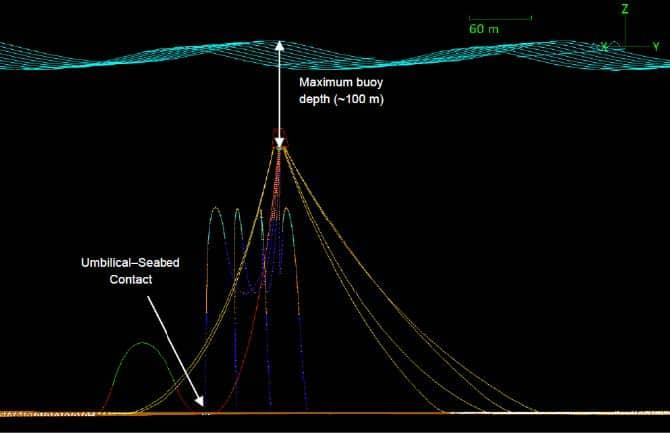This website or its third-party tools use cookies, which are necessary for its functioning and required to achieve the purposes illustrated in the cookie policy.
You accept the use of cookies by closing or dismissing this notice, by clicking a link or button or by continuing to browse otherwise.






